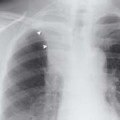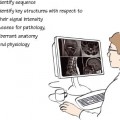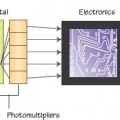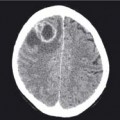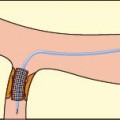9.2 Approach to CXR interpretation
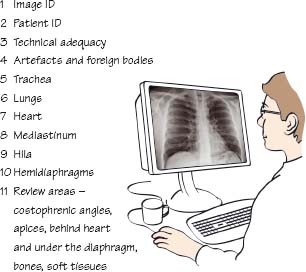
CXR referral checklist
(see Chapter 7)
The imaging referral form is a legal document. The referrer carries the responsibility to ensure the correct and complete information is conveyed to the Imaging Department so that the patient is appropriately diagnosed and managed.
- Patient identification: The referrer must ensure that the Imaging Department receives the correct identification details of the patient to be investigated: full name, date of birth, and hospital identification number are the essentials.
- Clinical status: The referrer must convey the patient’s clinical condition and urgency of the referral to the Imaging Department. A CXR is commonly the first-line investigation for acute cardiorespiratory complaints or in the monitoring of chronic chest conditions; however, in some circumstances alternative imaging may be more appropriate, e.g. CT or MRI. If there is doubt the referrer should consult the radiologist.
- Patient mobility: Optimal images are obtained with the patient in deep inspiration. Incomplete inspiration compromises the information that can be obtained from the image, e.g. the heart appears artificially enlarged (pseudocardiomegaly). The ideal projection for a CXR is PA sitting or preferably standing. The patient must be able to hold themselves upright but, if they cannot, a departmental or mobile AP image can be obtained with the patient supine. The image quality however is always compromised. The referrer must always consider the patient’s clinical condition and the feasibility of a CXR.
- Patient location and travel details: The need for a clinical escort should be conveyed and the points of departure and return and contact details must also be notified to the Imaging Department to ensure the patient is transferred safely and efficiently.
- Indications: The CXR can potentially reveal a wide range of pathology and often guides patient management. The referral indications must include salient information regarding the history of the presenting complaint, past medical and surgical history, physical examination findings, results of other investigations and previous imaging. The referral indication should also include a specific question to be answered by the CXR.
- Contraindications: It is important to note that the CXR exposes the patient to ionising radiation and the referrer must therefore always consider the clinical need and the significance to management.
Approach to CXR interpretation
Stay updated, free articles. Join our Telegram channel

Full access? Get Clinical Tree



